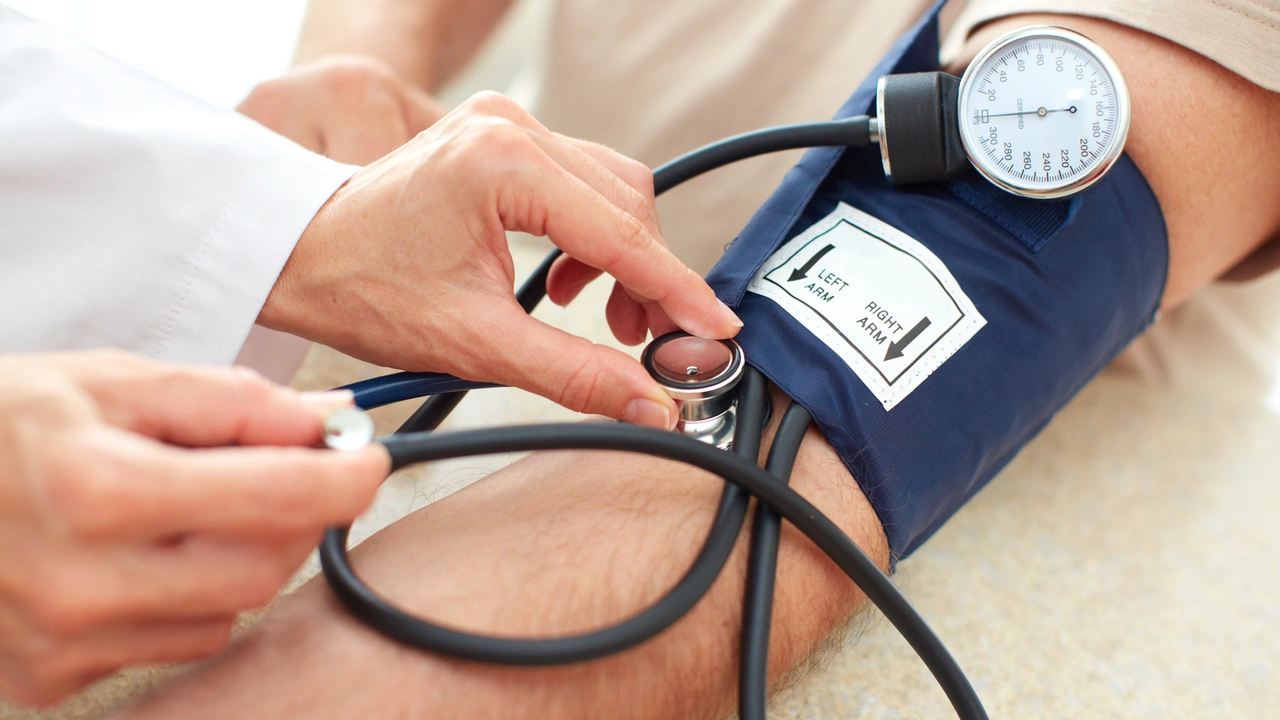If you have diabetes, chances are you’ve heard that high blood pressure often comes along for the ride. That’s not a coincidence – the two conditions share many of the same culprits and can make each other worse. Understanding why they team up helps you take action before things get out of hand.
When blood sugar stays high, it damages tiny blood vessels and nerves that help regulate pressure. Your kidneys also feel the strain, leading them to hold onto extra sodium and water. More fluid means more volume in your bloodstream, which pushes the walls of your arteries harder.
Insulin resistance, a hallmark of type 2 diabetes, triggers the release of hormones that tighten blood vessels. Add in common habits like a salty diet or lack of activity, and you’ve got a perfect storm for hypertension.
Watch your sodium. Aim for less than 1,500 mg a day if possible. Swap processed snacks for fresh fruit, veggies, or unsalted nuts.
Eat the DASH diet. This eating plan is built around whole grains, lean proteins, low‑fat dairy, and plenty of greens. It’s proven to lower both blood sugar and pressure.
Move daily. Even a brisk 30‑minute walk can improve insulin sensitivity and open up your vessels. If you’re short on time, break it into three 10‑minute bouts – the benefit adds up.
Control weight. Shedding just 5–10 % of body weight can drop systolic pressure by several points. Small changes like swapping sugary drinks for water make a big difference over weeks.
Limit alcohol and quit smoking. Both raise blood pressure and worsen diabetes complications. If you need help, talk to your doctor about resources.
Check your numbers at home. A reliable cuff lets you spot spikes early. Record both fasting glucose and BP; patterns often emerge that guide treatment tweaks.
Medication matters. Doctors frequently prescribe ACE inhibitors or ARBs for diabetics because they protect the kidneys while lowering pressure. If those aren’t enough, a thiazide diuretic may be added. Never change doses on your own – always discuss adjustments with a healthcare professional.
Stress isn’t just in your head; chronic stress raises cortisol, which can spike blood sugar and tighten arteries. Simple relaxation tricks – deep breathing, short meditation, or a hobby you enjoy – can lower both readings over time.
Finally, keep an eye on other health markers like cholesterol and kidney function. High triglycerides and reduced GFR often accompany diabetes‑related hypertension, and treating them together leads to better outcomes.
Managing two chronic conditions might feel overwhelming, but each small habit builds a stronger defense. Start with one change – maybe swapping out salty chips for carrots – and add another the next week. Consistency beats perfection, and your heart and pancreas will thank you.

As an experienced blogger and a health enthusiast, I've helped many people understand complex health issues like diabetes and hypertension. In this article, I'll be sharing valuable insights about the role of Olmesartan/Amlodipine in managing diabetes-related hypertension. Get ready to enhance your understanding of these potent medications and how they can positively impact your health or that of your loved ones. Remember, knowledge is the first step in managing any health condition better.
View more